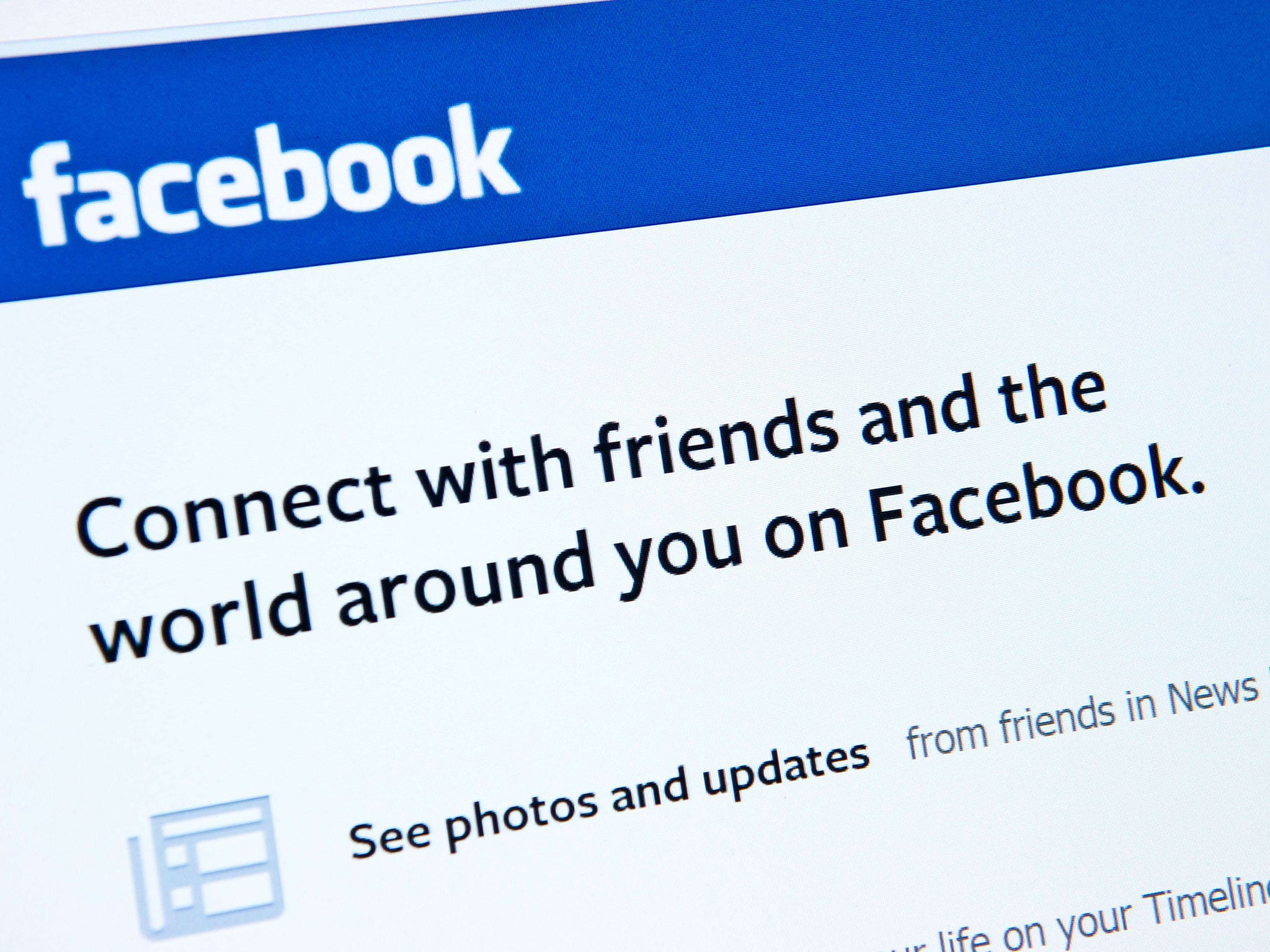The Independent's journalism is supported by our readers. When you purchase through links on our site, we may earn commission.
Facebook at work is coming. Look busy.
But to see LinkedIn as the victim here is to misunderstand the motives behind Facebook’s move

‘We’ve probably got enough users now’ is not an oft-heard refrain around the corridors of Facebook.
Back in 2004, the world’s now-largest social network was a place where you could connect with students at your college (if your college happened to be the same one attended, however briefly, by Mark Zuckerberg). Before long it bought more servers, spread across oceans, and connected college students the world over, a torrent of endlessly-updating party photos and relationship statuses. Then your parents - or your children - joined, and the tone of your status updates underwent a subtle shift. But now, after ten world-conquering, ad-ridden years, it’s making its biggest land grab to date. It’s coming for the world of work.
Facebook At Work is being dubbed the LinkedIn-killer, and, on the surface, it’s easy to see why. It will let Facebook users connect with professional contacts, chat with colleagues and collaborate on shared documents, all while keeping people’s personal and professional profiles completely separate. In short, it will be a social network for the workplace, “connecting the world’s professionals to make them more productive and successful” - to quote LinkedIn’s mission.
Indeed, if you were Reid Hoffman right now, you’d have due cause to be more than a little irked. Having founded LinkedIn in late 2002, he introduced a young Zuckerberg to Peter Thiel, who led Facebook’s first funding round - and he even invested in the fledgling company himself. Now here he finds himself, a decade on, with his protégé reportedly about to grab his company by the ankles, flip it upside down and shake every last user from its unguarded pockets. Not since a carefully-placed kiss in the Garden of Gethsemane has such treachery been seen.
But to see LinkedIn as the victim here is to misunderstand the motives behind Facebook’s move. LinkedIn was the only big social network to survive the dawn of Facebook, surrounded by the congregating tombstones of MySpace, Bebo and a hundred other almost-rans. Why has Zuckerberg, having left professional networks alone through a recession, the last episode of Friends and half of Justin Bieber’s life, suddenly decided they’re worth his time? Why this newfound interest in infiltrating the 9 to 5?
The answer is that, for a long time, starting a business-focused social network simply won’t have seemed worth it to the powers that be at Facebook. Yes, LinkedIn has amassed 300 million users and takes in about $1bn in revenue a year - sums not to be sniffed at, even in the gilded hallways of Silicon Valley - but those figures don’t reflect the reality of the way people use it day to day. People come back to Facebook obsessively, incessantly, desperate for their daily fix of Other People’s Lives; LinkedIn is a glorified CV, a playground for recruiters and, when you’re not looking for a job, little more.
And LinkedIn is far from the only office-focused tech company that will have failed to get Zuckerberg clamouring for a work-based version of Facebook. There have been a string of workplace startups that, while useful in their own ways, have consistently failed to garner the attention or inspire the devotion that Facebook musters. And things looked set to stay that way - until Slack.
Slack, I would hazard a guess, is what has spurred Facebook into joining the office arms race. Slack is the first workplace tool I’ve ever used that has actually made doing work easier, quicker and more fun. It’s a team collaboration tool that separates your tangled communications into private conversations and open channels that make even the most mundane task a joy to embark upon. It’s completely replaced internal email at my startup and thousands of others. And it’s done so to the tune of $120m in funding and a billion-dollar valuation.
More than anything, Slack’s achievement is to prove that activity at work can translate into activity on a social network - if you get the social network right. And Facebook is understandably nervous when someone else gets a social network as right as Slack has.
Of course, it won’t just be the birth of Slack that has prodded Facebook into the professional space. The expansion ties in with Facebook’s general move to capture a wider audience using standalone apps; recent months have seen them chase the Snapchat generation with Slingshot and chat room denizens with Rooms. And it may be that this has always been the plan - to sign up a sixth of all people on the planet and only then think about getting in front of them where they work, too. That would certainly make a lot of sense, given that Facebook’s early adopters, the teenagers of the noughties, are now in a position to introduce Facebook to the offices they’ve graduated to.
But whatever the case, gone are the days of sneaking glimpses at messages behind your manager’s back and disguising your News Feed as an Excel spreadsheet. Facebook At Work is coming. Look busy.

Join our commenting forum
Join thought-provoking conversations, follow other Independent readers and see their replies